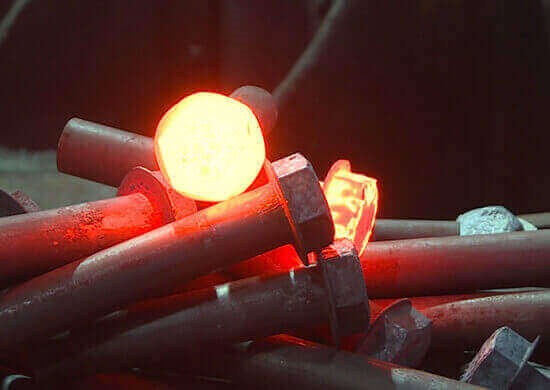In engineering and construction, fasteners are the unsung heroes that hold everything together. From towering skyscrapers to intricate machinery, these small but essential components are vital in ensuring structural integrity and reliability. But have you ever wondered how these tiny, seemingly simple pieces are manufactured? In this article, we take you on a journey through the fascinating world of fastener manufacturing, revealing the precision and intricacy that goes into creating these indispensable tools.
The Raw Materials
Steel: The Backbone of Fasteners
The manufacturing process of fasteners starts with selecting the right raw materials. Steel, in its various forms, is the most common choice. Steel’s versatility and strength make it an ideal candidate for fastener production. Different grades and types of steel are chosen based on the specific requirements of the fastener in question. Whether it’s carbon steel, stainless steel fasteners, or alloy steel, each variant has unique characteristics.
Non-Steel Options
While steel is the reigning champion, other materials like aluminium, brass, and even plastics create specialized fasteners designed for particular applications. These materials are carefully chosen to ensure that the fasteners meet the precise demands of the industry they serve.
Manufacturing Techniques
Cold Heading: The Art of Shaping
The heart of fastener manufacturing lies in a process known as cold heading. This method involves shaping the raw material, usually a wire or rod, into the desired fastener shape without extreme heat. This not only conserves energy but also enhances the mechanical properties of the fastener.
Threading: Precision at its Finest
For fasteners like screws and bolts, threading is a critical step. The threads are meticulously created through a series of precision-cutting processes. The depth and pitch of the threads must meet exact standards to ensure a secure fit.
Heat Treatment
To strengthen the fasteners, they undergo a heat treatment process. This involves subjecting them to extreme temperatures, followed by controlled cooling. The heat treatment not only improves the fastener’s mechanical properties but also relieves any internal stresses, making it more durable and reliable.
Surface Finishing
Aesthetics and corrosion resistance are equally important in the world of fasteners. To enhance the look and longevity of fasteners, various surface finishing techniques are employed. These can include plating, coating, and polishing. The choice of finishing largely depends on the fastener’s intended use.
Quality Control
The production of fasteners is not just about quantity but, more importantly, quality. Stringent quality control measures are in place to ensure that each fastener meets the required standards. This involves dimensional checks, tensile strength testing, and other quality parameters. Defective fasteners are identified and rejected to maintain the integrity of the final product.
The Variety of Fasteners
Bolts and Screws
Bolts and screws come in various sizes and shapes, each tailored to specific applications. From hex bolts to wood screws, the variety of options available is staggering.
Nuts and Washers
Nuts and washers are essential counterparts to bolts and screws. They ensure a secure and stable connection. Like their counterparts, they come in various designs and materials.
Rivets and Anchors
Rivets and anchors are used when welding or threading is not an option. These fasteners expand and secure themselves within materials, providing a strong, lasting connection.
The Role of Fasteners in Different Industries
Fasteners find applications in various industries, from automotive and aerospace to construction and electronics. Each sector demands fasteners with specific properties, and manufacturers cater to these unique requirements.
The Sustainable Future of Fasteners
In an era of increasing environmental awareness, the fastener industry also embraces sustainability. Manufacturers are developing eco-friendly fasteners that are durable yet less harmful to the environment. These sustainable fasteners play a pivotal role in reducing the overall carbon footprint of various industries.
Conclusion
The manufacture of fasteners is an intricate process that combines engineering precision with material science. These small components, often taken for granted, are the backbone of countless structures and devices. The next time you fasten a bolt, screw in a lightbulb, or secure a component, take a moment to appreciate the craftsmanship of creating these essential tools. Fasteners are a testament to human ingenuity and our ability to create the extraordinary from the seemingly ordinary.


